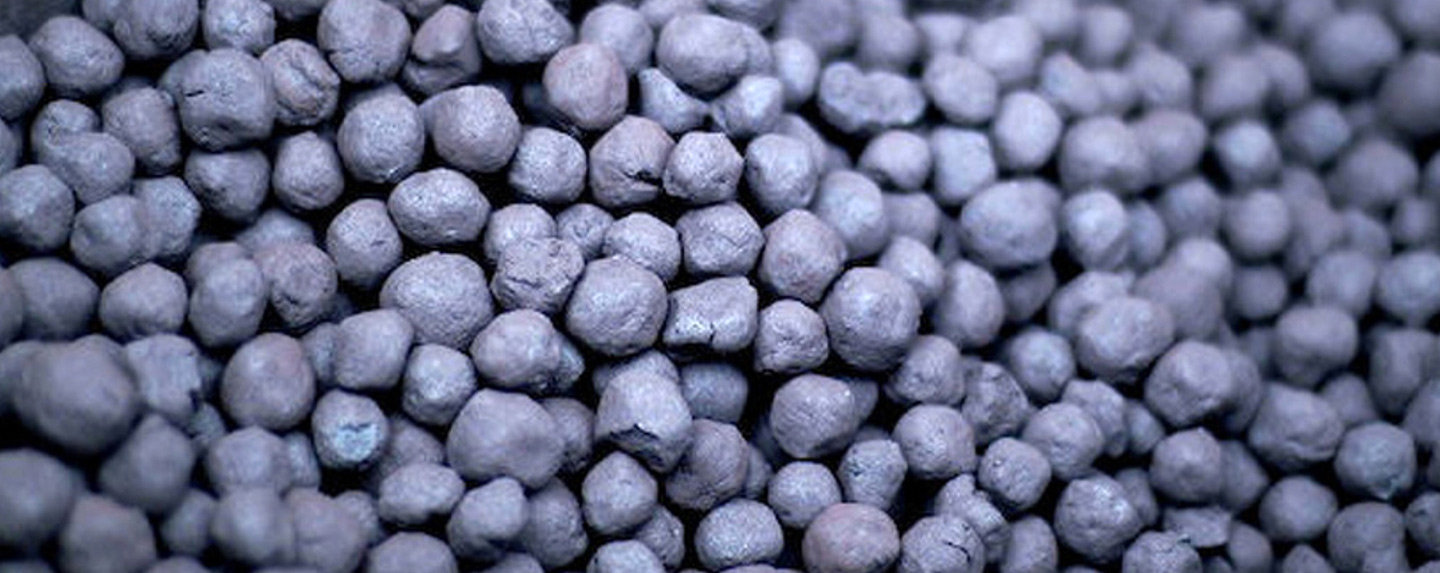BENTONITE for the production of iron ore raw materials

In metallurgy, bentonite is used as a binding additive in the production of iron ore pellets, sinter and for briquetting of metallurgical waste. Bentonite Group of Companies conducts comprehensive research to improve existing and create new types of binder additives based on bentonite clays and polymer components that can be effectively used in these processes.
The main component of bentonite clays is a natural mineral montmorillonite Аl2Озх4SiO2хЗН2О.
Bentonite is a clay characterized by fine dispersibility, ion-exchange capacity, high degree of swelling under moistening. Bentonites intensively absorb water and increase in volume 15-20 and more times. Bentonite particles after moistening form a film with a large surface area, which envelops ore particles and connects them with each other. Its main properties for pelletizing are swelling when moistened, and the thermal stability in the drying and milling process.
The use of bentonite has the following advantages:
- It ensures the formation of optimal structure of pellets, improves clumping and increases the strength of green pellets.
- It increases the porosity of green pellets, the ability to release moisture during heating, which prevents cracking of pellets during rapid heating.
- It reduces fines formation and improves compressive and abrasion strength as a result of more uniform sintering conditions
Binding additives as bentonite helps to level out the pelletizing work to produce pellets strong enough and with optimum particle size distribution with improved metallurgical properties.
Pellets produced with bentonite have a higher recoverability index, which is important in blast furnace operation.
BENTONITE for the production of iron ore raw materials
